Poland’s Baltic Sea coastline is a mesmerizing blend of natural beauty, historical significance, and vibrant culture. Stretching over 500 kilometers, this coastal region offers a diverse range of attractions, from powdery beaches to medieval ports. Let’s embark on a journey to explore some of the top spots along Poland’s northern coastline.
Miedzyzdroje:
Known as the „Pearl of the Baltic,” Miedzyzdroje is surrounded by the brackish waterways of the Oder River, which form a protected national park. This park offers unique views of sea eagles and breasted flycatchers. The town itself boasts a long and wide stretch of yellow sand that descends from the dunes of Wolin Island into the Baltic Sea’s waves. It’s a perfect spot to relax and soak in the sun.
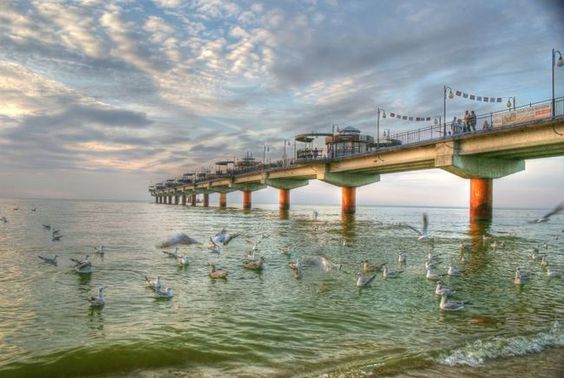
Kołobrzeg:
Rebuilt after the devastation of WWII, Kołobrzeg has emerged as a serene seaside hub. While it still retains remnants of its medieval past, such as the redbrick Basilica and occasional Gothic churches, the town’s main attractions are its beachfront and the iconic lighthouse. In summer, the Baltic Sea is filled with swimmers, and spa hotels offer various sea therapy treatments.

Leba:
Leba is a dream destination for many Poles, evoking images of shimmering sand beaches and the Baltic’s salty breezes. One of its main attractions is the Slowinski National Park, home to the shifting dunes, a unique geological phenomenon. These windblown dunes offer a surreal landscape that attracts nature lovers and photographers alike.
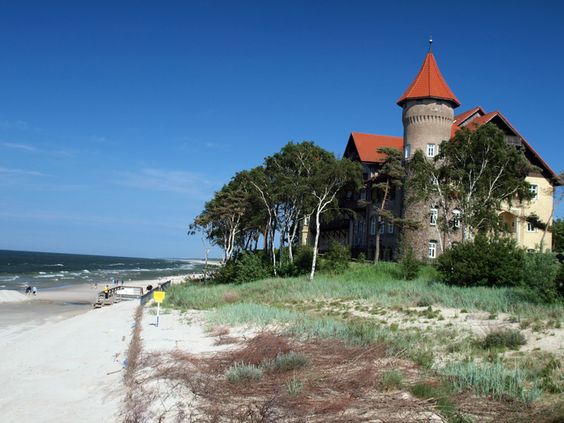
Hel:
Historically significant for the battles between the Polish army and the invading Nazis in 1939, Hel is now a popular summer destination. Its long sandy beachfront stretches for miles, with red lighthouses overlooking the bay and lively bars setting the mood for a perfect summer evening.

Gdynia and Sopot:
Gdynia, with its large port and naval museums, offers a glimpse into Poland’s maritime history. A short drive away is Sopot, known for its vibrant nightlife, the longest wooden pier in Europe, and the quirky Crooked House on the main street.
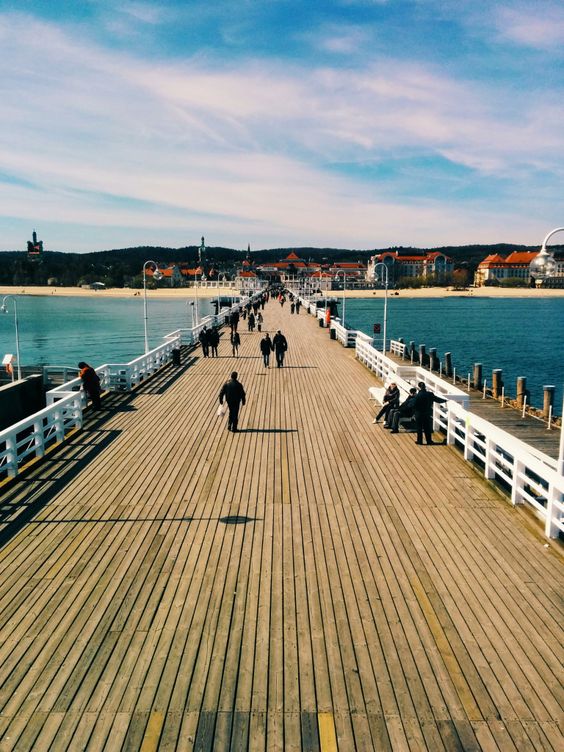
Gdańsk:
A city with a rich history, Gdańsk’s Old Town is a testament to its Hanseatic legacy. The Gdańsk Shipyard, the birthplace of the Solidarity movement, stands as a symbol of Poland’s fight for freedom. The city’s medieval cranes, Renaissance townhouses, and cobbled streets offer a journey back in time.
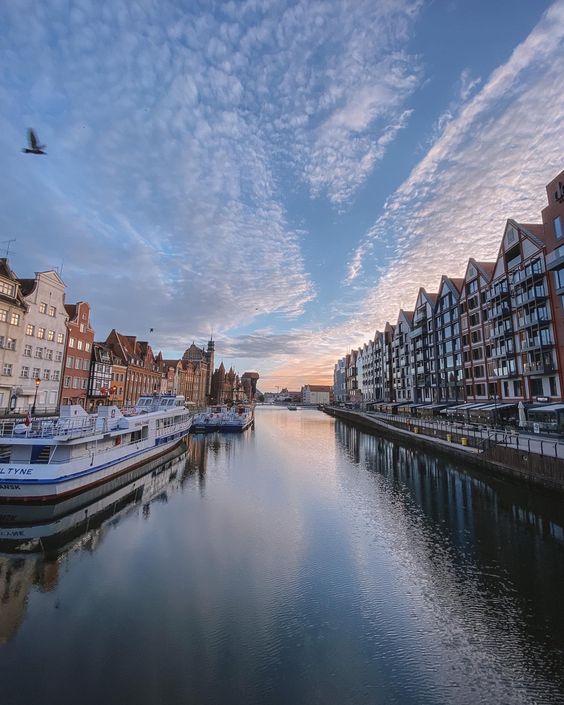
Elbląg:
Once a strategic Hanseatic seaport, Elbląg is now a picturesque town with reconstructed Polish Gothic, Renaissance, and Baroque buildings. The nearby Elbląg Canal offers boat trips with unique mechanical hoists and bridges, providing a unique experience.

Frombork:
Known as „The Jewel of Warmia,” Frombork is home to a majestic cathedral and the old university rooms used by the renowned astronomer Nicolaus Copernicus. It’s believed that Copernicus made many of his groundbreaking observations here.

Masurian Lake District:
A bit further from the coast, the Masurian Lake District is a paradise for nature lovers. With its mirror-like waters and vast farm fields, it’s a perfect spot for camping, especially around the historic town of Olsztyn.
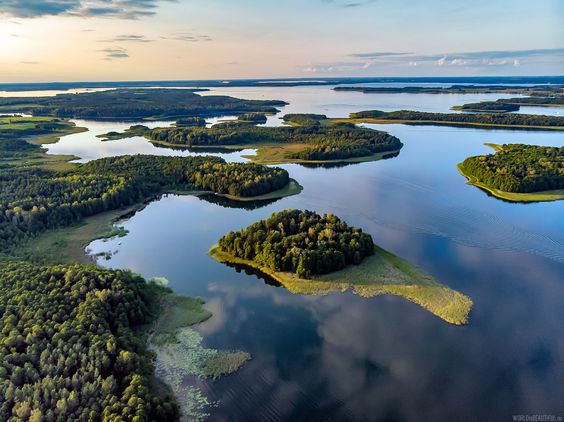
In conclusion, Poland’s Baltic Sea shores are a treasure trove of natural beauty, historical landmarks, and cultural experiences. Whether you’re a history buff, a nature enthusiast, or someone looking for a relaxing beach holiday, Poland’s northern coastline has something to offer for everyone.
